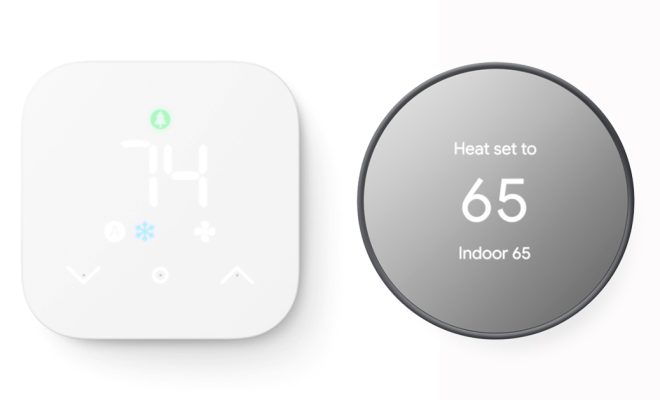History of digital cameras: From ’70s prototypes to iPhone and Galaxy’s everyday wonders

The history of digital cameras is a fascinating journey that traces the evolution of technology from the early prototypes of the 1970s to the ever-present marvels found in today’s smartphones.
The Birth of Digital Cameras (1970s)
The invention of the first digital camera can be traced back to 1975 when Eastman Kodak engineer, Steven Sasson, created a prototype that weighed approximately eight pounds. This camera had 0.01-megapixel resolution and was capable of recording images on a digital cassette tape. The process took 23 seconds to capture a single image and another 23 seconds to display it on an external monitor.
Sasson’s invention laid the groundwork for further advancements in digital imaging and established Kodak as one of the major players in photography history.
Digital Cameras in the 1980s – The Dawn of Consumer Digital Imaging
During the 1980s, several companies worked towards developing digital cameras that could appeal to consumers. A notable invention was Canon’s RC-701, which became one of the first commercially available digital cameras in 1986. It featured a CCD (charge-coupled device) sensor, allowing it to capture impressive image quality.
In 1981, Sony introduced the Mavica (Magnetic Video Camera), which used an analog signal but recorded images on floppy disks. This pioneering design achieved widespread recognition but fell short as a true digital camera.
Digital Cameras in the 1990s – Breakthrough Innovations
Throughout the ’90s, manufacturers raced to offer more advanced capabilities and lower prices to consumers. In 1991, Kodak introduced its DCS (Digital Camera System) series for professional use, improving on their previous inventions with even better image sensors.
The first consumer-oriented digital camera with an LCD screen was Casio’s QV-10 introduced in 1995. It broke boundaries with a revolutionary swivel display and catered to the increasing demand for easy image sharing with built-in storage.
Emergence of the Smartphone Camera
The first smartphone camera arrived in 2000 when Sharp released the J-SH04, boasting a 0.11-megapixel resolution. With the increasing popularity of mobile phones, manufacturers focused on improving camera capabilities, slowly diminishing the need for standalone digital cameras.
Apple’s iPhone hit the market in 2007, showcasing a 2-megapixel rear camera that quickly gained recognition as one of the best mobile cameras around. This emergence of smartphone cameras ultimately changed the face of photography as we know it.
Modern Digital Camera Innovations
Samsung’s Galaxy series has continuously pushed the boundaries when it comes to mobile photography. The Samsung Galaxy S20 Ultra, for example, offers a stunning 108-megapixel primary lens, showing just how far technology has advanced since digital imaging’s early days.
Nowadays, AI-powered features and software play a significant role in improving image quality and delivering new capabilities like enhanced night-mode photography or computational bokeh effects.
Conclusion
The history of digital cameras is testament to the astounding advancements that have taken place in technology over the years. From early pioneers like Steven Sasson to modern smartphone giants like Apple and Samsung, this journey demonstrates how creativity and innovation have shaped our world—and will continue to do so for generations to come.






